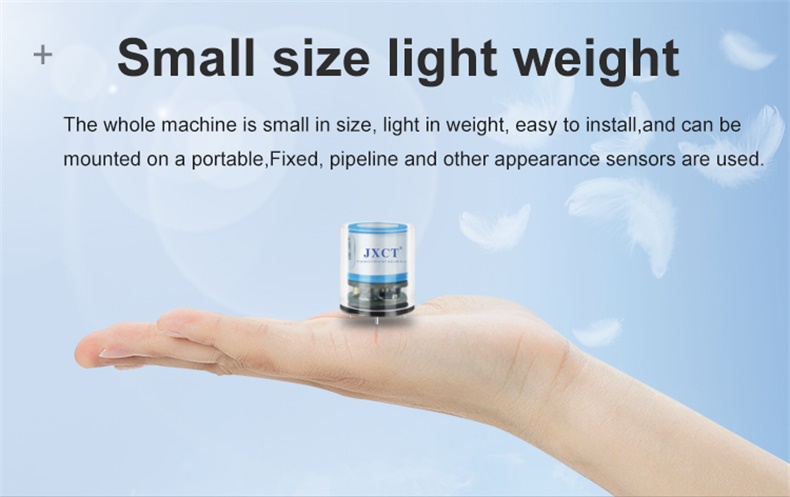Breath analysis has been used for many years as a non-invasive way to diagnose and monitor a variety of health conditions. Traditional breath analysis devices have typically been large, expensive, and only available in clinical settings. However, advances in miniature gas sensor technology are changing this paradigm, opening up the possibility of portable breath analysis devices that can be used anywhere, anytime.

Miniature gas sensors are small enough to fit into portable breath analysis devices, making it possible to measure a wide range of gaseous compounds present in someone's breath. These sensors use a variety of technologies to detect different types of gases, including electrochemical, optical, and solid-state sensors.
One of the main advantages of using miniature gas sensors in portable breath analysis devices is the ability to detect and monitor volatile organic compounds (VOCs). VOCs are present in many different body processes and have been linked to a variety of health conditions, such as allergies, asthma, and cancer. By measuring the concentration of VOCs in a person's breath, it may be possible to detect and monitor these conditions more effectively.
Another advantage of using miniature gas sensors is their portability. Traditional breath analysis devices are often bulky and require specialized equipment, making them difficult to use outside of clinical settings. In contrast, portable breath analysis devices that use miniature gas sensors can be carried with ease, making it possible to monitor a patient's breath in real-time virtually anywhere.
There are still some challenges, however, with using miniature gas sensors for breath analysis. One challenge is ensuring accuracy and reliability. Because miniature gas sensors are small, they can be less precise than larger, more expensive sensors. Additionally, environmental factors, such as temperature and humidity, can have an impact on sensor performance.
To address these challenges, researchers are focusing on improving the sensitivity and reliability of miniature gas sensors. This includes developing new sensor materials and improving the design of sensor arrays to reduce interference from environmental factors.
The potential uses for portable breath analysis devices that use miniature gas sensors are vast. In addition to medical applications, there are also potential uses in areas such as personal fitness and nutrition. For example, a portable breath analysis device could be used to monitor metabolism and help track progress towards fitness goals.
In conclusion, miniature gas sensors are a promising technology that opens up new possibilities for portable breath analysis devices. With their small size and portability, they have the potential to revolutionize the way we monitor and diagnose health conditions, both in clinical settings and beyond. As this technology continues to advance, it is likely that we will see even more versatile and reliable portable breath analysis devices on the market.
 : +86 155 8830 2704
: +86 155 8830 2704 : jxdziot@gmail.com
: jxdziot@gmail.com
